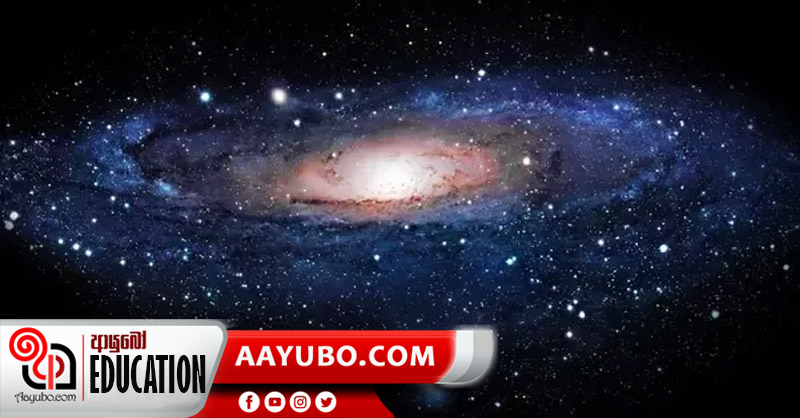Grade 8 Geography : Solar System - Part 14

The universe and several celestial bodies in space have raised the curiosity of man since past. This led him to undertake numerous explorations and launch missions in the pursuit of solving many unsolved mysteries inculcated in them. Earth is the world we live in and although we consider that it is the only planet in which life thrives, there exist doubts in relation to other unknown worlds that may possess conditions that support life. Not only that, several new astronomical bodies are being identified and in the view of these numerous explorations and discoveries, information in relation to the space and its composition changes and gets updated frequently.
The advancement of science and technology, led to the birth of improved tools and equipment that facilitated man to carry out the observations and launch several missions. This resulted in several discoveries especially in relation to the solar system. Galileo Galilee, a renowned scientist who led the scientific revolution during the 17th century, observed the universe and several celestial objects using a telescope. Useful information about the solar system and the planets were reveled through these observations. Furthermore, Claudius Ptolemy who was a mathematician, astronomer and a geographer once said that earth is the center of the universe and he introduced the Ptolemaic system that predicts the planetary positions accurately. Nicolaus Copernicus was an astronomer who presented many ideologies in relation to the sun and the planet earth. He stated that the sun is positioned in the middle of the solar system where planets revolve around it. In addition to the above scientists/astronomers, Johannes Kepler and Isaac Newton too did several observations and revealed information about the universe.
Today, people launch advanced space missions and numerous explorations with the use of artificial satellites and these have enabled the scientists and the respective organizations to gain accurate and valuable information about the solar system. Russia was the first country to launch an artificial satellite and the USA also initiated several missions eventually. You may have heard about Neil Armstrong and the team who were a part of the mission Apollo 11 and he was the first human to walk on the moon. The NASA is the center established at the United States of America that launches many space missions and keeps a vigilant eye on the astronomical bodies and their movement up to date. With the declaration of the planet Pluto as a dwarf planet in 2006, it was demoted and removed from the solar system that consists of only eight planets at present. The discovery of a potential member of the solar system; Planet 9 took place quite recently and it is said that it is ten times bigger than our planet earth. China also launched mission Chang’e 4 and the respective spacecraft landed on the side of the moon that is not visible to the earth. Japan also sent a spacecraft to an asteroid where prior to its landing, it was able to blast the asteroid with a bullet to get the samples of the surface rock.
Furthermore, an atomic clock had been launched in to space by NASA and they also revealed information about some new exo-planets with inflated atmospheres. Thus, it can be concluded that modern astronomical discoveries and the ongoing space explorations will eventually make room for future human development.
by Mekhala Egodawele
Photo source : Internet
417 Views








Comments